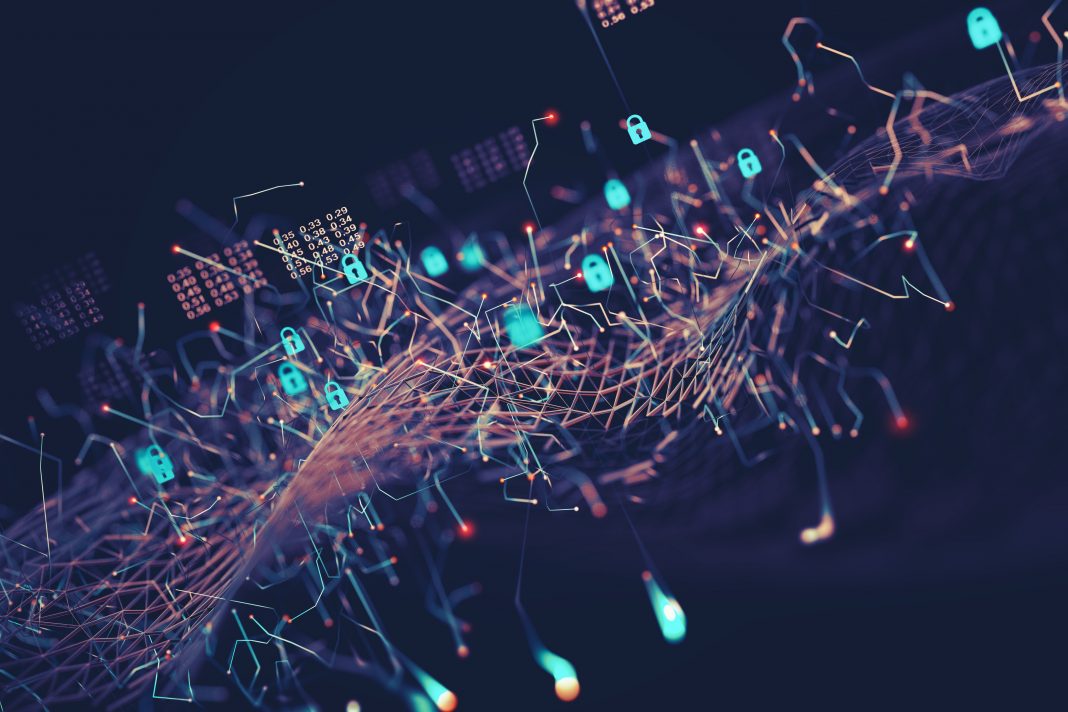While organisations continue to invest heavily in defensive strategies to help mitigate or at least reduce the threats posed by external cyber criminals, there is often neglect for insider threats
One that is equally as deadly and can have far-reaching adverse effects on organisations.
These internal or insider threats are posed by individuals with authorised access to internal resources who consciously or unconsciously utilise their privileged access to intentionally or unintentionally compromise organisations’ security to steal, destroy, abuse, or misuse critical data.
Types of insider threats
Insider Threats are broadly classified based on the intent behind the individual’s actions. These actions can either be intentional or unintentional. However, the outcome of the activities is similar in negativity.
Malicious Insider
The malicious insider, or turn cloak, is the typical description of an insider threat; one that intentionally exploits their privileged access to steal, destroy, or degrade systems and software, primarily for financial or personal reasons.
Malicious insiders are the worst types of insider threats because they typically are relentless in their pursuit of chaos and often have the most devastating outcome.
Negligent Insider
Negligent insider threats, or unaware insiders, are often individuals within an organisation with privileged access that unintentionally expose systems and software to outside threats.
This often occurs due to security mistakes like falling victim to phishing scams and leaving devices disclosed. The Negligent Insider can be mitigated by organisations having regular Security Awareness training for their employees.
Compromised Insider
A compromised insider is an individual who has had their accounts taken over using malware delivered using various phishing techniques. The compromised individual typically has access to information and resources, one the threat actor uses to perform a multitude of cyber attacks, including deploying malware or stealing and destroying confidential data.
Other insider threats include moles, disgruntled employees, and third-party threats.
Impacts of cyber attacks
Cyber attacks caused by Insider threats have far-reaching consequences on organisations, impacting customers, stakeholders, and even employees. Some of the standout impacts include:
Financial Loss
Financial losses caused by insider attacks can come in the form of outright theft, fraud, and loss of revenue due to low patronage. At times, the finances needed to recover and replace systems and software that have been compromised can also hit organisations hard. Additionally, Organisations can face lawsuits and regulatory fines, all of which require finances to get through.
Data Loss
Cyber attacks caused by insider threats can put organisations at risk of losing critical data.
This data can be in the form of structured or unstructured data. Recovering this data can be difficult, expensive, and time-consuming, especially if no regular backups or disaster recovery plans are available.
Reputational damage
When confidential and sensitive data is disclosed by unauthorised personnel following a cyber attack caused by internal threats, organisations often find themselves in positions where their reputation is severely damaged.
This can lead to low patronage of whatever services the organisation offers and loss of competitive advantage, which in turn leads to reduced revenue.
Operational Disruption
Unauthorised access to systems can cause disruption of operations, operational downtime, and compromise the availability and integrity of systems. When this goes unchecked and for long periods, loss of revenue can ensue.
Legal Impacts
Organisations are guided by government policies and procedures that ensure strict compliance with offering quality services or products. Most insider-inspired cyber attacks can make organisations incompatible with these policies and procedures, leading to regulatory fines, and further legal actions can follow.
Intellectual property theft
When insider-led cyber attacks lead to data loss in organisations that are product based, it can lead to the loss of intellectual property that took effort and monetary resources to build.
This typically can be in the form of codes and product designs. Intellectual property theft can lead to losing a competitive advantage over rivals and financial losses.
Minimising the risks of insider threats
Altogether preventing Insider Threats is not entirely possible. However, organisations can ensure policies and procedures are in place to minimise the risk posed by insider threats. This often requires a multi-faceted approach that combines technological solutions, robust policies, and an organisational culture focused on security.
Conduct periodic Security Awareness Training
Organisations must conduct regular security awareness training for employees to keep them abreast of the best security practices and educate them about insider threats’ risks.
It is necessary to stress the importance of adhering to security policies, identifying suspicious activities, and reporting concerns.
Zero-Trust policy
Organisations must adopt the zero-trust policy. The term’ Zero Trust’ comes from Forrester Research analyst John Kindervag, who said: “Never trust, always verify.”. Every employee must be authorised and authenticated whenever they want to access organisational resources.
Conduct regular behavioural assessments
Behavioural assessments are analyses of an individual’s behaviour using various methods and tests. They help organisations understand the type of personalities of their employees and, when carefully analysed, can help in fishing out individuals with the potential to be insider threats.
Implement strong access control policies
When setting up IAM policies, organisations need to adopt the principle of least privilege, granting employees access only to the resources necessary for their roles. These policies should be further updated as employees’ job descriptions and responsibilities change.
Implement data loss prevention systems
Organisations must include Data Prevention Software in their security architecture. Notably, one that combines traditional endpoint data to classify end-user system content into files and automatically logs and intervenes whenever a user takes prohibited actions.
Regularly review and update security policies
Regularly reviewing and updating security policies helps ensure organisations consistently align with industry standards. This also ensures that organisations have a pragmatic approach to security.
Organisations and cyber security
In conclusion, organisations must recognise the severity of insider threats and take proactive measures to mitigate their risks.
While external cyber threats receive significant attention, the potential harm caused by insiders with authorised access is equally dangerous.
Organisations must understand the types of insider threats they can be exposed to, their potential consequences, and ways to minimise their risks. While it may not be possible to prevent insider threats completely, organisations can significantly reduce their likelihood by combining technological solutions, robust policies, and a security-focused organisational culture.
By taking these proactive measures, organisations can safeguard their critical assets, protect their reputation, and ensure the trust of customers, stakeholders, and employees in an ever-evolving threat landscape.
This piece was written and provided by Musa Nadir a certified Cybersecurity Analyst and Technical writer. He has experience working as a Security Operations Center (SOC) Analyst and Cyber Threat Intelligence Analyst (CTI) .











